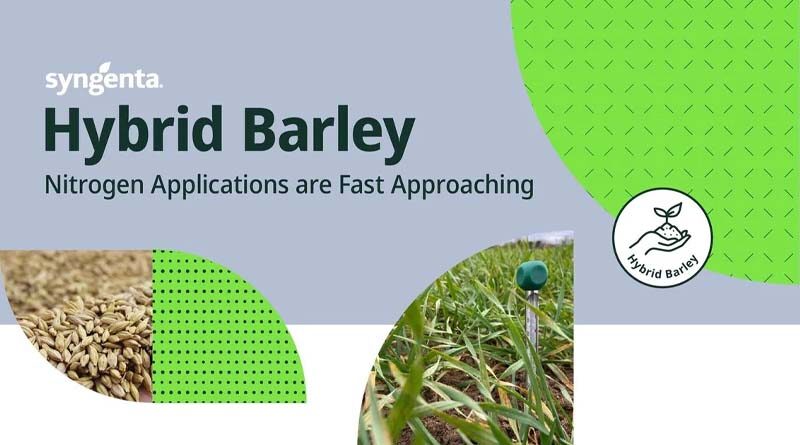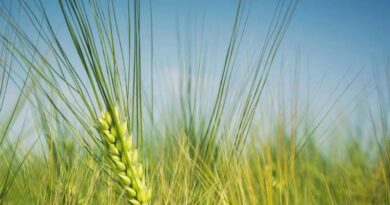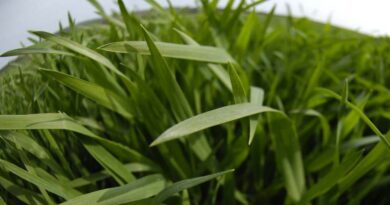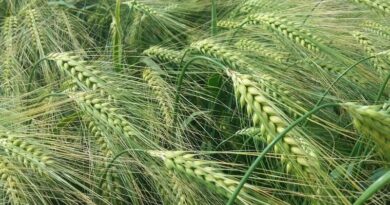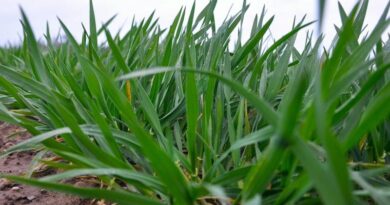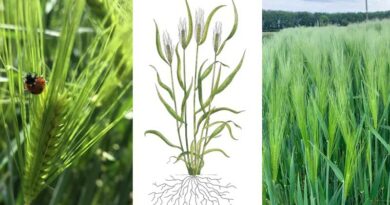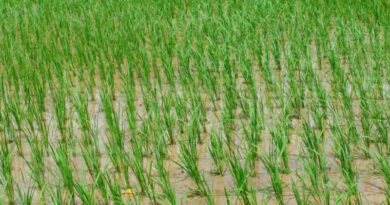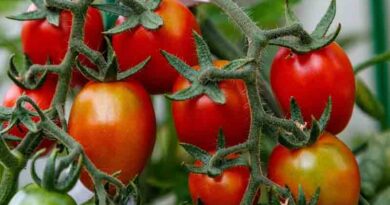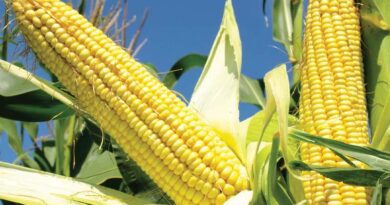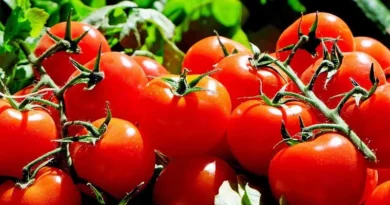Hybrid barley nitrogen applications are fast approaching
18 February 2023, UK: With spring on the horizon, it is important to prioritise crops of hybrid barley for their first application of nitrogen fertiliser. Hybrid barley technical expert, Ben Urquhart, explains why this early application can make so much difference:
“Our research has shown that this early first dose of nitrogen is critical as it supports the vigorous spring growth of the hybrids, particularly bolstering their root density and tillering capacity.”
This helps to drive grass weed suppression and may be of particular importance if crops have come out of winter looking thin or if BYDV symptoms are visible.
Growers should aim to apply the first split of nitrogen in the spring at around mid-tillering (GS25). It is important to apply nitrogen to those crops which are ready to take it up. Root zone temperatures which have reached 4.5-5oC give a good indication that applied nitrogen will be taken up immediately by the crop rather than sitting unused in the soil.
Regular soil temperature monitoring is key for maximising profitability
With nitrogen prices still high, growers are really looking to make the most out of every bag, so correct timing and understanding the yield potential of your crops are key factors when it comes to maximising profitability. That is why regular soil temperature monitoring is key explains Mr Urquhart:
“Temperature of the soil at a depth of 5-10 cm is where a lot of root activity will happen. Often the temptation is to go out on the first sunny day in spring, but it is worth waiting for 3 consecutive days where soil temperatures are above 5oC in the rooting zone.”
Always make sure conditions are suitable for fertiliser applications, avoid applications on soils that are snow covered, frozen or waterlogged and follow local best practice guidelines
Syngenta trials indicate that applying nitrogen in a three-split programme of 30% at GS25, 50% at or just before GS31 and 20% two to three weeks after the second application delivers optimum performance from the hybrid varieties. Splitting the dose three ways may also help to mitigate risk and the impact of unfavourable weather conditions.
“Each application targets a crucial stage in hybrid barley development: The early dose encouraging tiller retention and rapid growth, second applications supporting tiller survival and canopy expansion through rapid leaf emergence and the final application supporting canopy size increase.”
A two-split programme of 50% at GS25 followed by the remaining 50% at or just before GS31 may also be appropriate especially if farm workloads are high, or as a management option for boosting thin crops or those recovering from waterlogged soils.
With a two or three-split programme the first timing remains critical to hybrid performance Mr Urquhart explains:
“Whilst the weather at this time of year doesn’t always do what we want, the one timing not to miss is the first one as we have seen time and time again that early N is crucial to get the most out of your hybrid variety”
Also Read: Best Agrolife launches 8 new formulations
(For Latest Agriculture News & Updates, follow Krishak Jagat on Google News)

